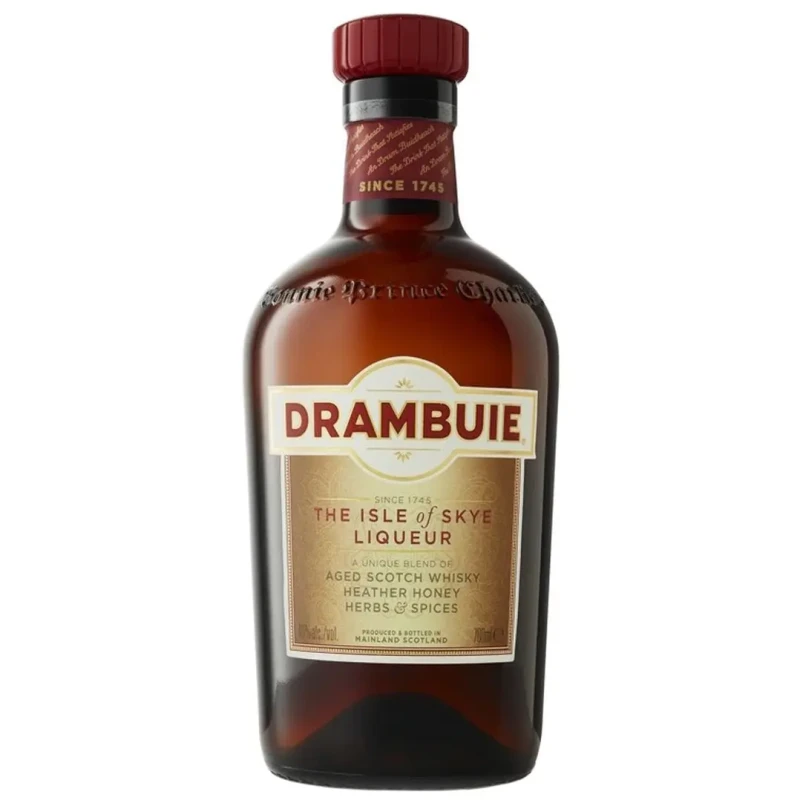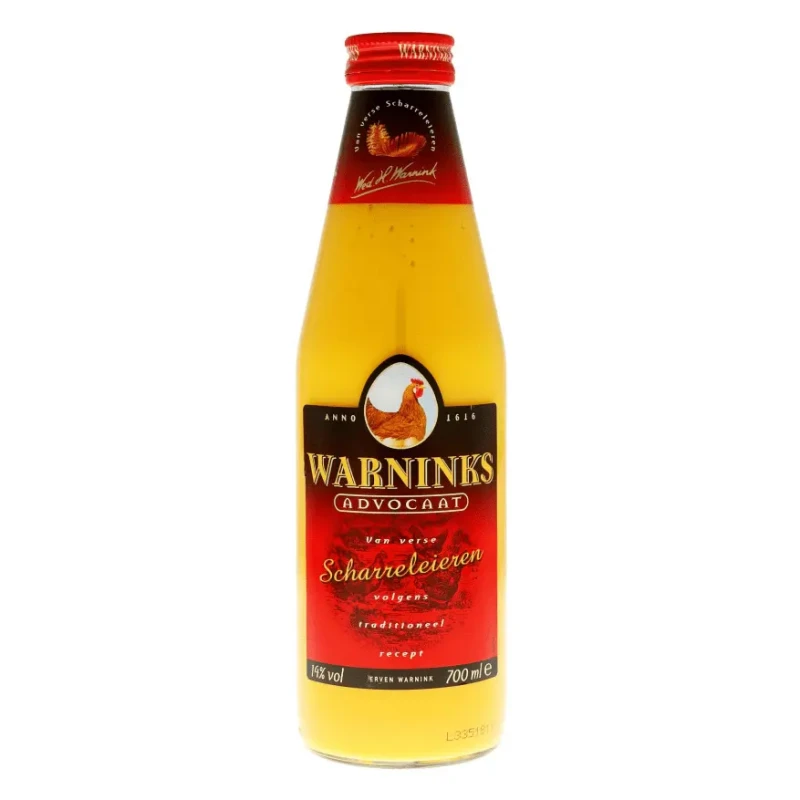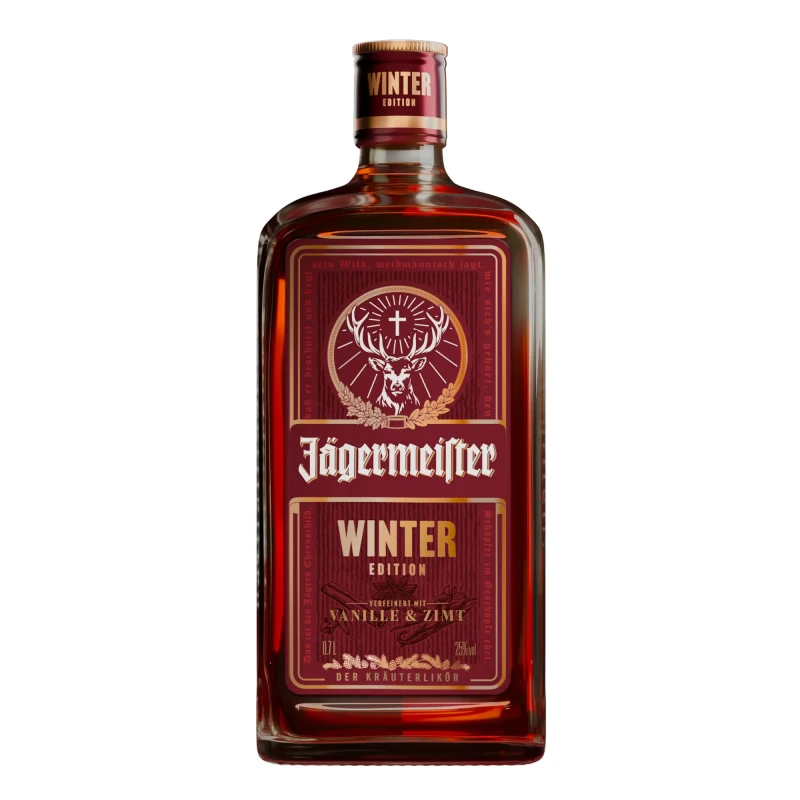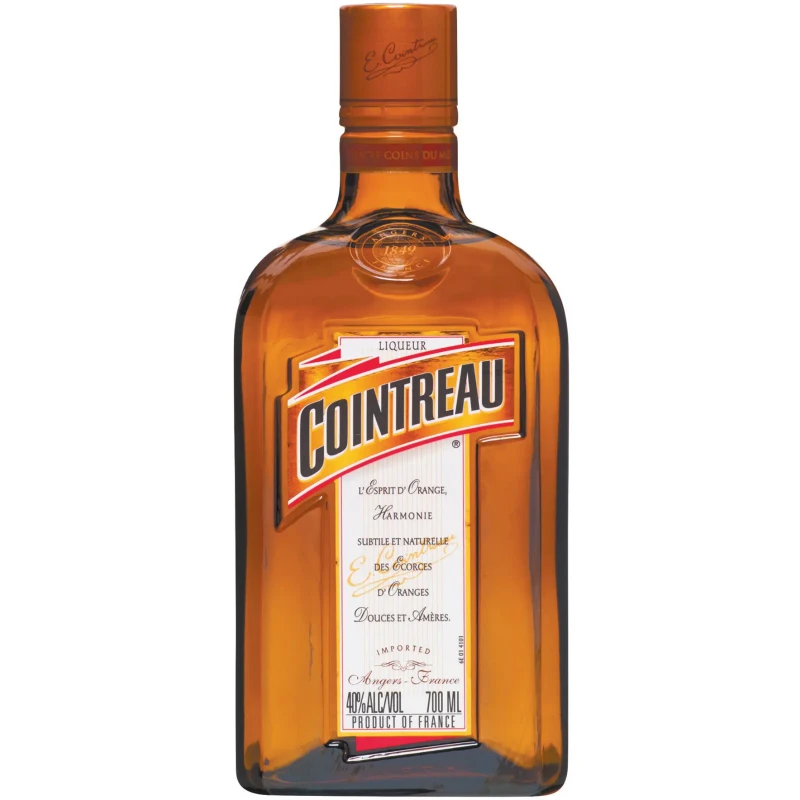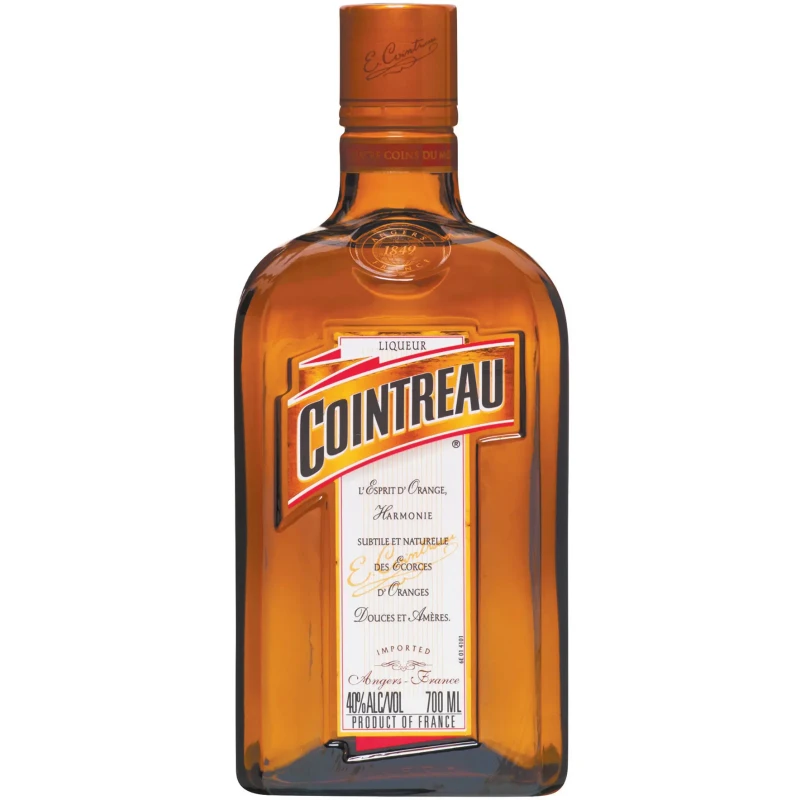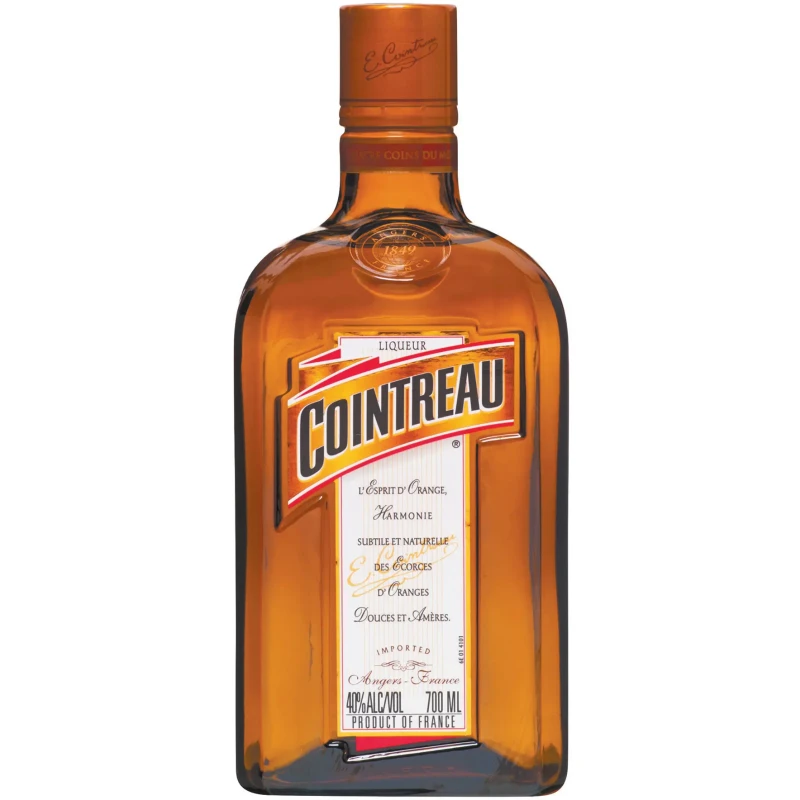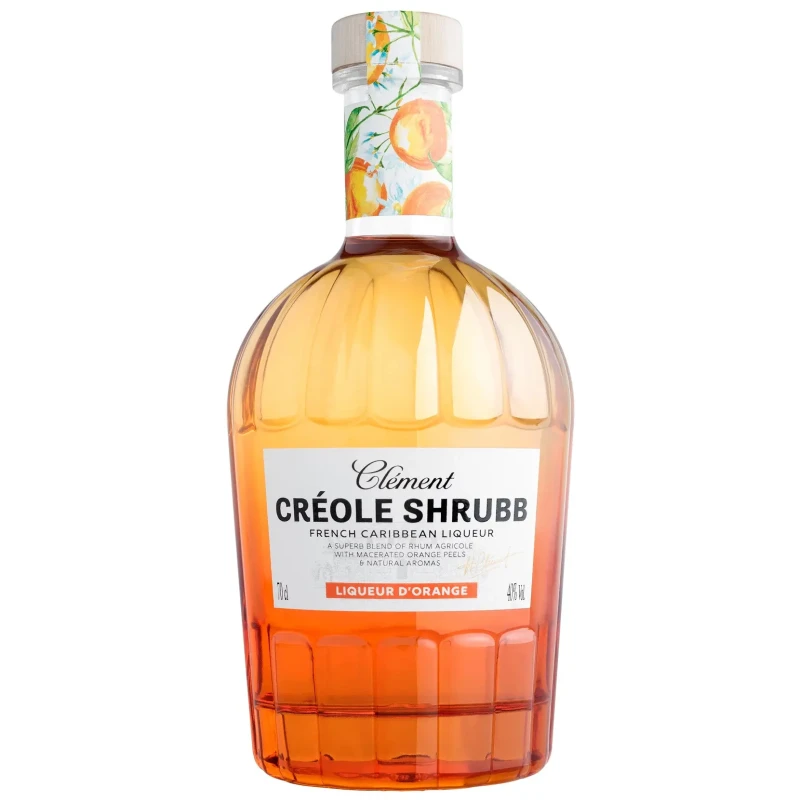Checkout using your account
Checkout as a new customer
Creating an account has many benefits:
- See order and shipping status
- Track order history
- Check out faster
Liqueur
Already know your favourite liqueur? Tasting Collection has a huge selection of the best liqueurs you can order directly. Would you rather taste several liqueurs before making your choice? Then check out our Liqueur Tasting Collections.
Need help? Try searching Liqueur by type, Liqueur by country or see all Liqueur Brands.

Liqueur
What is a liqueur?
For all drinks, there are strict rules. For Scotch whisky, for example, there is the Scotch Whisky Association, which lays down in detail what a true Scotch whisky must meet. But as mentioned above, liqueurs are made all over the world. And there isn't an umbrella body that writes down the regulations for all liqueurs. That's where the EU comes in. According to this body, there are a number of guidelines that a liqueur must meet:
- A liqueur must have a spirit as its base. Liqueurs can be based on all kinds of drinks, from rum and whiskey to cognac and tequila.
- Additional flavorings must be added. Usually these are herbs and spices or fruit, but actually you can't think of anything else.
- A liqueur must have a minimum alcohol content of 15% and also contain at least 100 grams of sugar per liter.
Liqueurs can be divided into several categories, such as chocolate liqueurs, citrus liqueurs, cream liqueurs, coffee liqueurs and herbal liqueurs.
Dutch & foreign liqueurs
The name liqueur is derived from the Latin word'Liquefacere', which means as much as'to liquefy'. As long as liquor has been made, so long have liqueurs existed. Originally, liqueurs were not made as a stimulant, but for medical purposes. Medicinal herbs were dissolved in alcohol and used as medicine. Monks often fulfilled the role of a sort of general practitioner or pharmacist, which is why many traditional liqueurs have their origins in the monastery.
The Netherlands has a long tradition of liqueurs. Thanks to the Dutch East India Company, spices from all over the world were shipped to the Netherlands as early as the 16th century. Amsterdam monks were only too happy to experiment with all those exotic ingredients. However, the tinctures and elixirs they made were not very tasty. The addition of sugar proved to be a great solution to that. In fact, this was so appreciated that liqueurs were soon drunk for pleasure. Entrepreneurs recognized this too, and so in the 17th century many liqueur distilleries arose that made the Netherlands famous. One such distillery was Lucas Bols, a company that still makes genevers and liqueurs today.
Liqueurs also went through a similar development abroad. It was the monks who were the first to experiment with liquor and spices. That's why, until today, each country has its own specific liqueurs. For example, France has Chartreuse and Bénédictine. The recipe for the latter dates back as far as 1510. No fewer than 27 different plants and herbs are used for this herbal liqueur.
Liqueurs & cocktails
If you like to make a nice cocktail at home, you already know that you can't do without some good liqueurs. Because there are so many liqueurs, it is impossible to get everything in the house. But of course, there are some basics that you really want to have in the house at all times, and also come in handy in many cocktails.
- Amaretto: This liqueur has an almond flavor and is one of the most popular liqueurs. This versatile liqueur does great in coffee cocktails, but just a splash in your coffee is also delicious.
- Baileys: By itself, any Irish cream liqueur will do, but if you're going to get one in the house, you might as well go for Baileys. This cream liqueur is by far the most popular in the world. Suitable for many cocktails, but also delicious on its own.
- Cointreau: This orange liqueur is a standard in a huge number of classic cocktails. Indispensable.
- Drambuie: a liqueur made from Scotch whisky, honey and various spices. Popular in many cocktails, but also very tasty on its own.
Of course, there are countless other liqueurs. Which ones are suitable for you depends on your taste and on which cocktail you like to drink.
Affordable online liquors
With the large selection of Tasting Collection you will always succeed. Take your time to store in our webshop and take advantage of our favorable prices. When you have found your favorite, it is a breeze to order. We will, of course, make sure you get your liqueur quickly.



